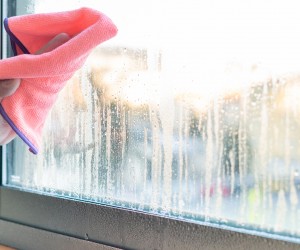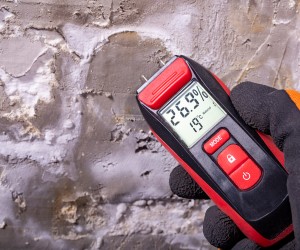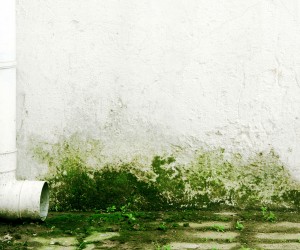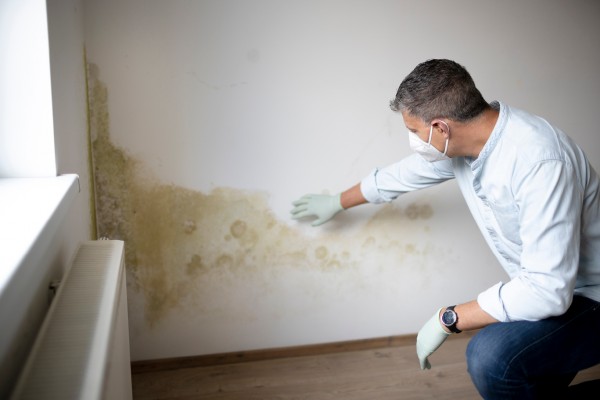Due to the weather, our Customer Service Centre is dealing with high call volumes. Please Report a Repair using the online form.
Condensation, Damp and Mould
Overview
Let’s get it R.I.T.E. with Damp & Mould
Rising damp, penetrating damp and condensation are the three most common types of damp situations that may affect a home.
Identifying the root cause and treatment is the easiest way to avoid it leading to further issues.
All homes have an element of moisture in the air that occurs naturally. Many of us will unfortunately experience damp in our homes at some point and whilst there are three main types of damp, there can be numerous causes.
However, there are also many ways in which we can control the conditions that lead to damp. In this guide, we look at what causes damp in houses and how to reduce or eliminate it altogether.
Condensation and Damp - Understanding the Difference
What is Condensation?
Condensation occurs inside your home when moist air hits a cold surface.
This moist air then condenses on cool surfaces such as walls, windows, tiles, and mirrors leaving behind small drops of moisture.
Condensation can be caused by excessive moisture in the air, lack of ventilation and/or heating. Condensation can cause black mould to form on walls, window frames, carpets and soft furnishings.
Condensation commonly occurs in kitchens and bathrooms where high levels of moisture are produced due to increased activity in these areas. Taking the necessary steps to manage condensation in your home reduces the risk of further issues developing.

What is Rising Damp?
Rising damp affects ground floor rooms and is caused by ground water soaking up into the walls and floors.
This is usually because a damp proof course or damp proof membrane is not working. Rising damp appears at ground level, mainly along skirting boards causing visible staining on the wall in the form of a tide mark and flaking paint. Rising damp can occur when there is poor drainage or blocked drains.

What is Penetrating Damp?
Common causes of penetrating damp may include blocked or damaged guttering, or downpipes.
Other causes can be damaged roof valleys, broken or damaged roof tiles, coverings or flashings as well as leaking pipework within walls, floors and roof spaces.
Penetrating damp will often appear as damp patches on walls or ceilings, which may darken when it rains.

Do you have concerns about damp or mould in your home?
Report / Inspect / Treat / Educate
1. REPORT
Tenants should contact Radius to report any concerns with damp and mould in their home.
2. INSPECT
Our Assets Team will get in touch to arrange an appointment to inspect the issue.
3. TREAT
Your Assets Officer will arrange for any treatments required to resolve the cause of damp or mould.
4. EDUCATE
Your Assets Officer will be able to provide advice on how you can help manage mould.
We will keep you informed throughout the process and confirm with you if the cause of mould is damp or condensation.
Cost of Living Advice & Support
Our dedicated Cost of Living page offers a range of advice and additional support, including guidance for heating your home during winter months, which will help reduce heating bills, and manage damp and condensation within the home.
Other than speaking to your housing officer or scheme coordinator, please contact our dedicated Customer Service Centre who will be able to help look at or help you report any issues you may be experiencing in respect of damp or mould.
We are here to help you.
If you have an issue with condensation or mould in your home, please let us know using the online form below.



